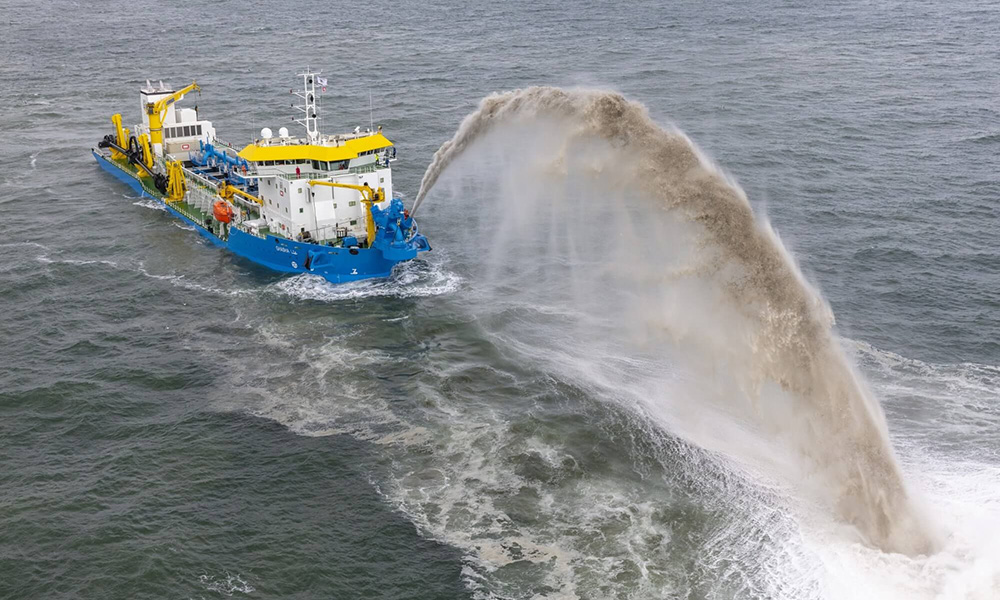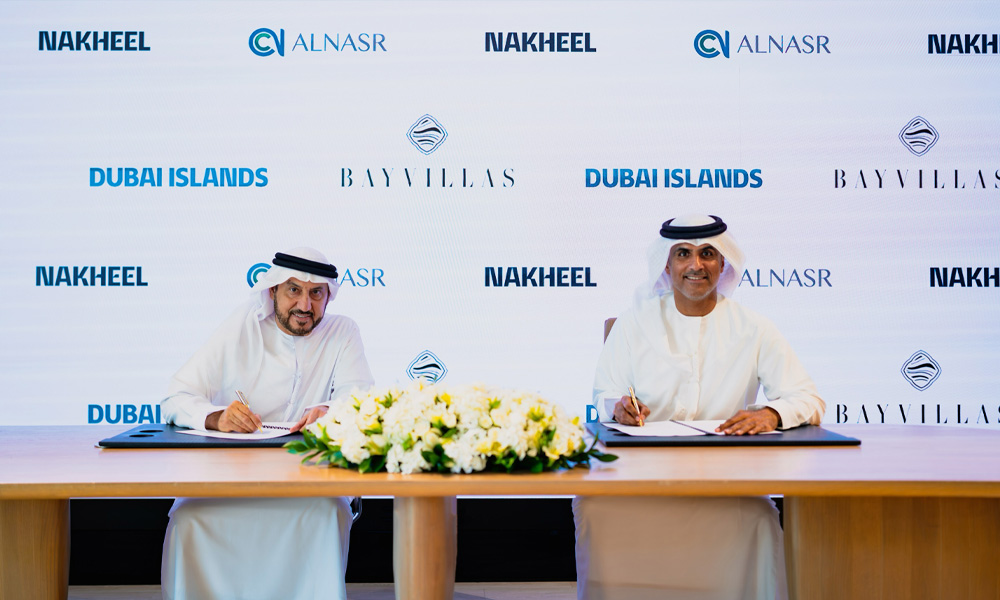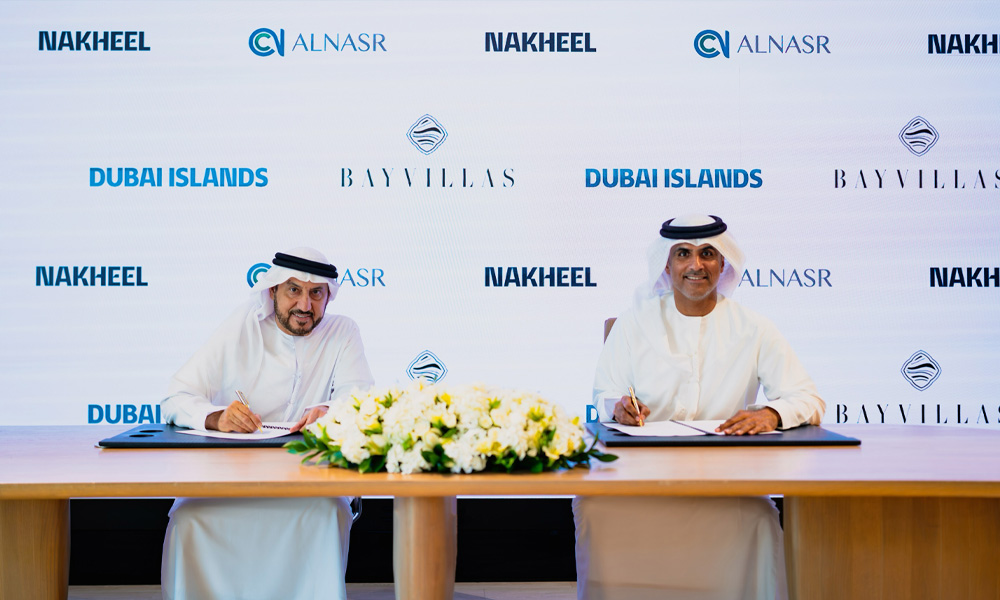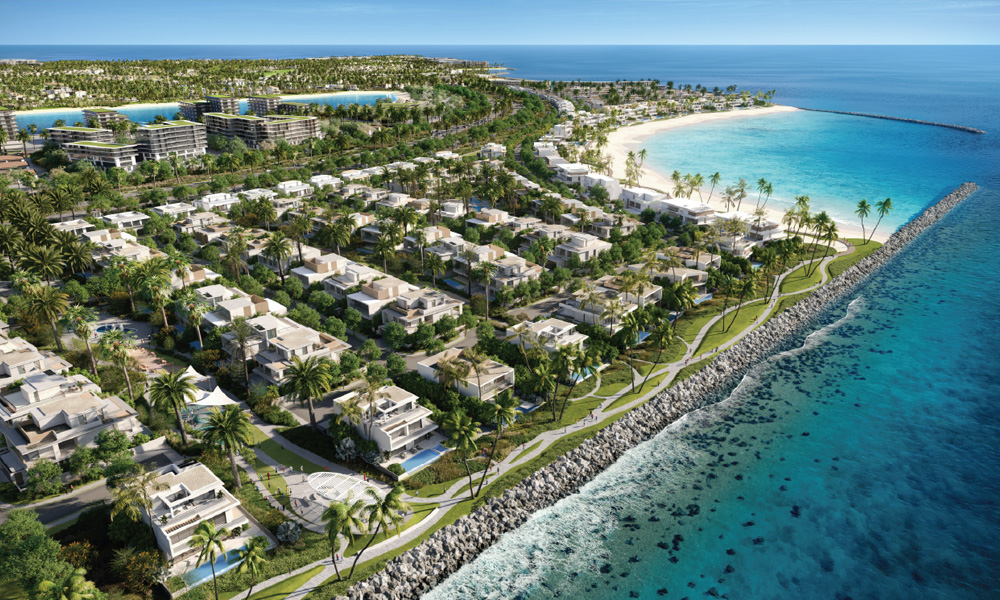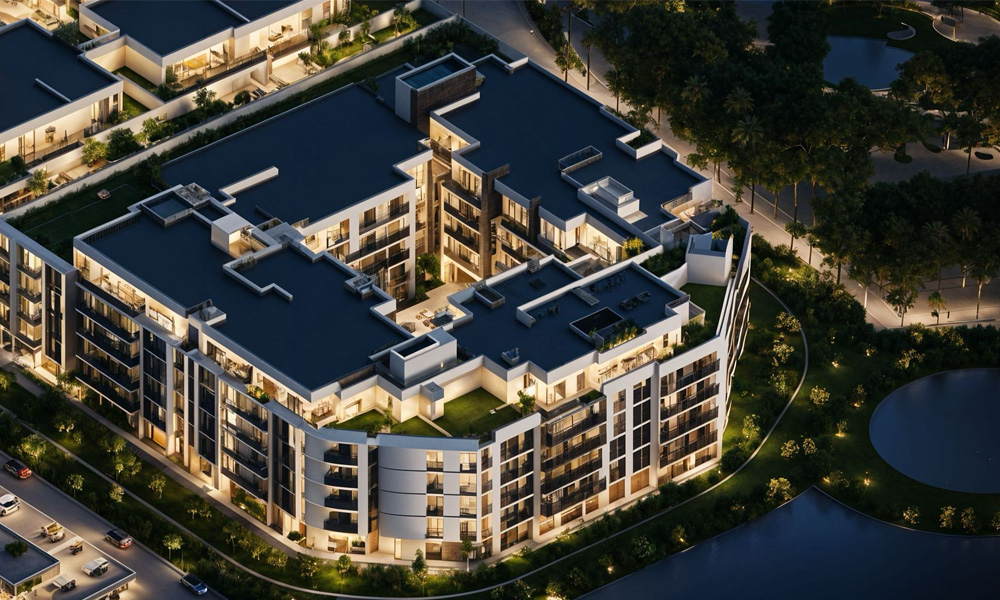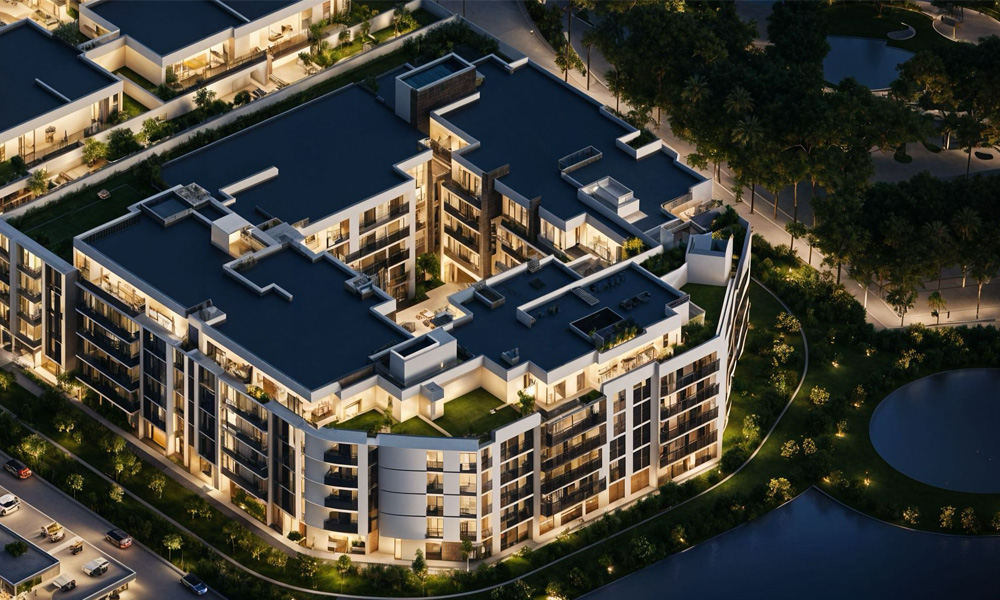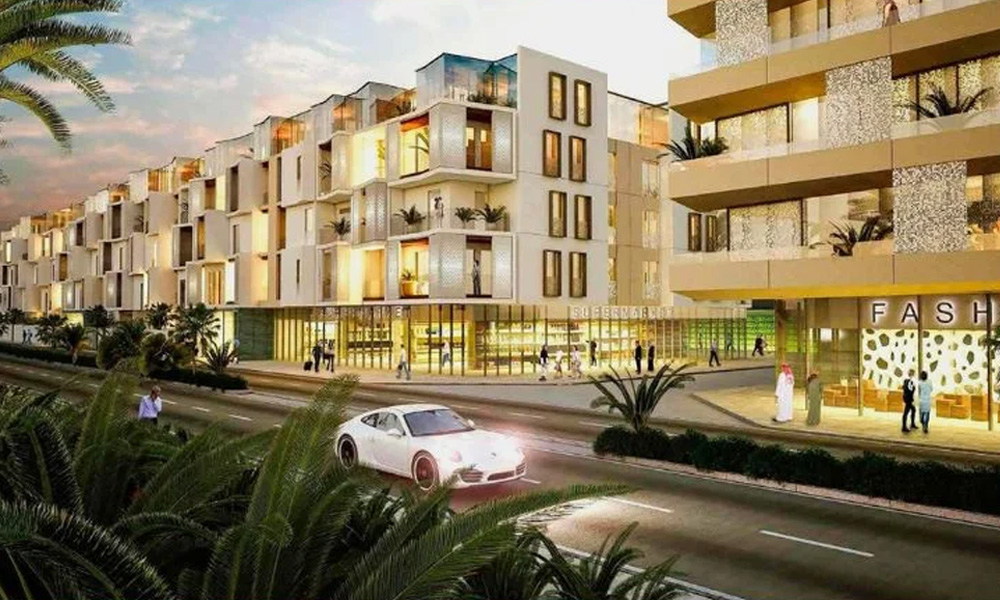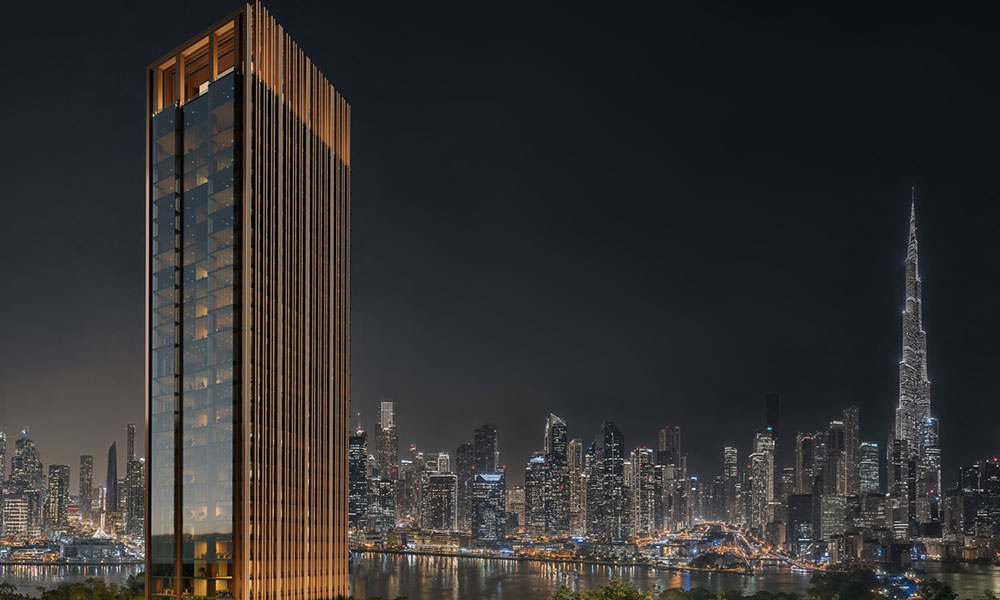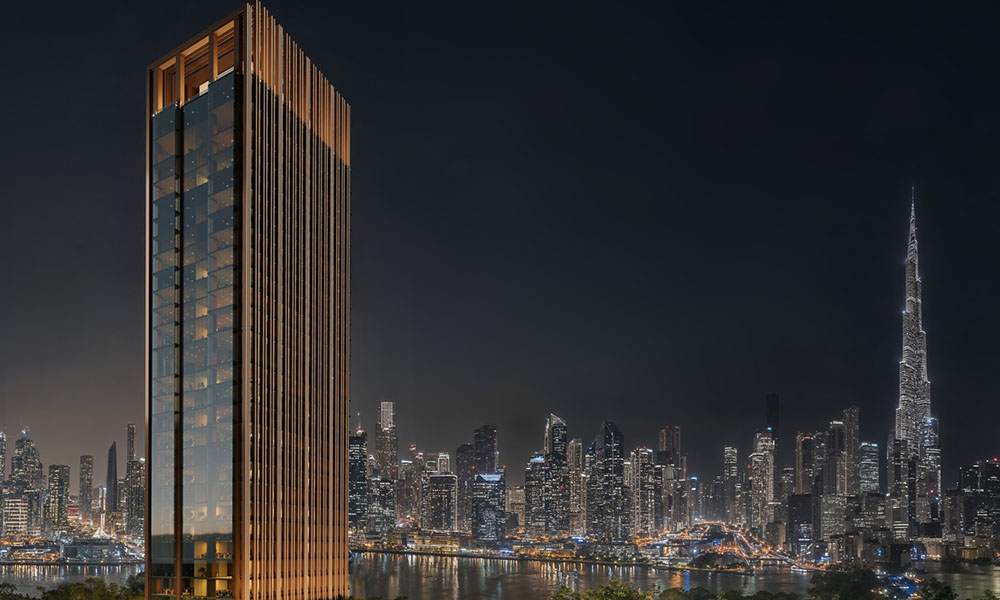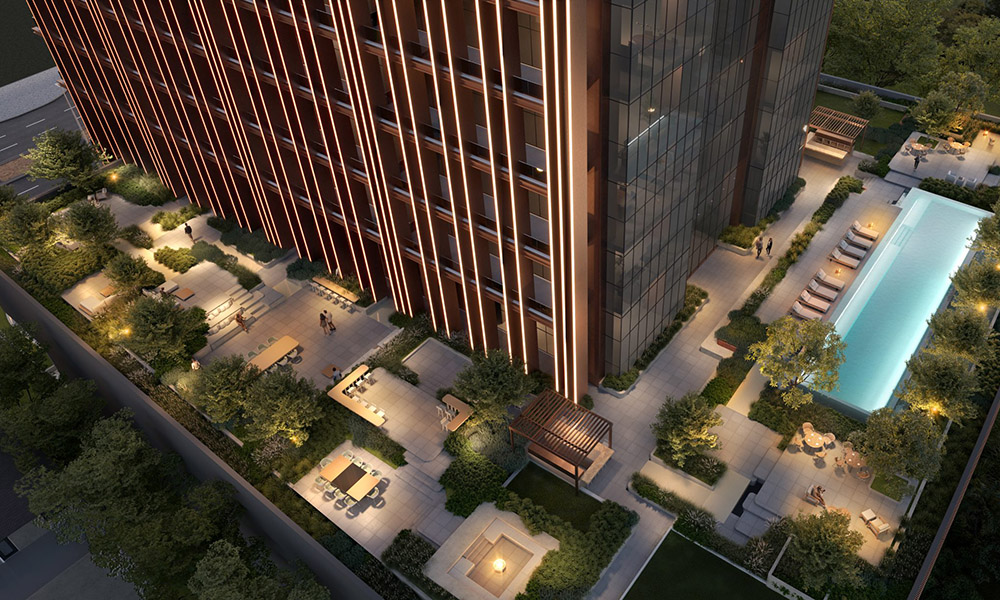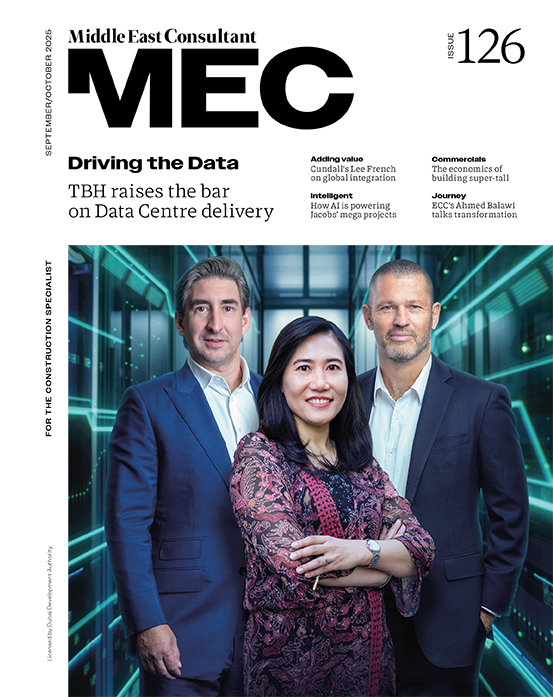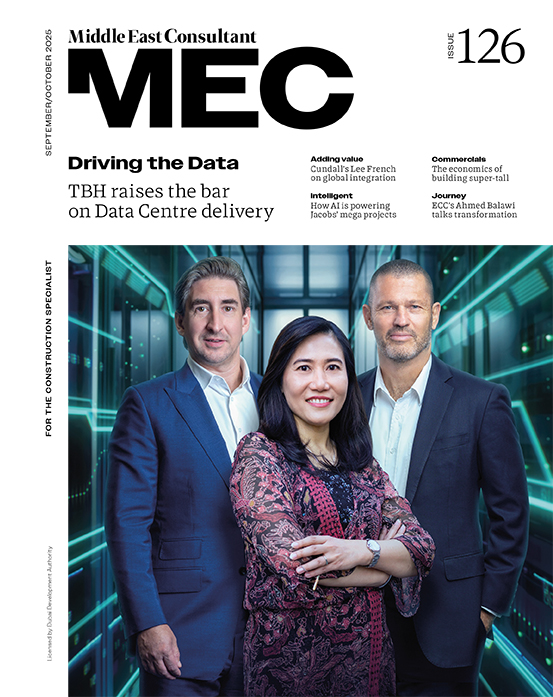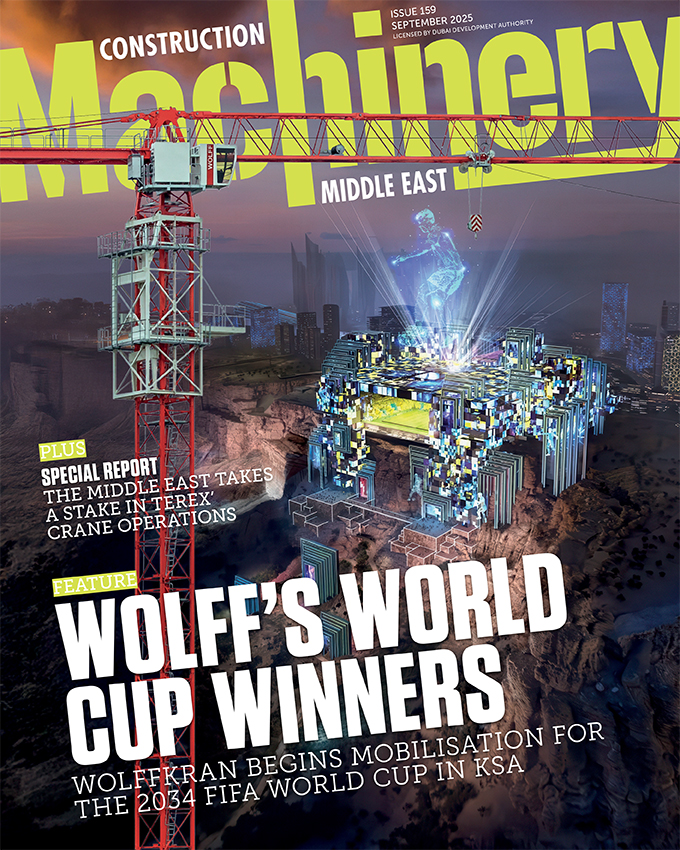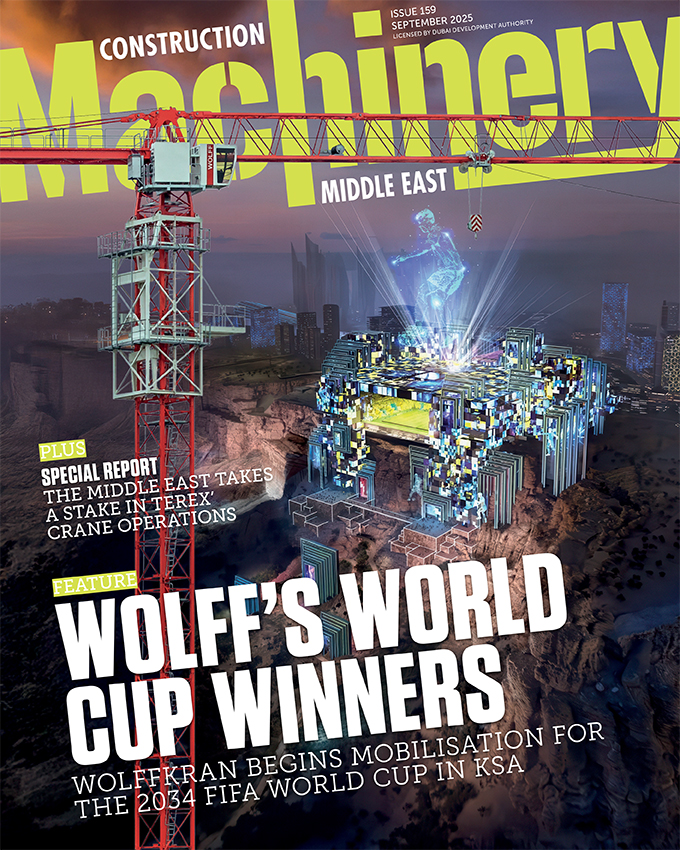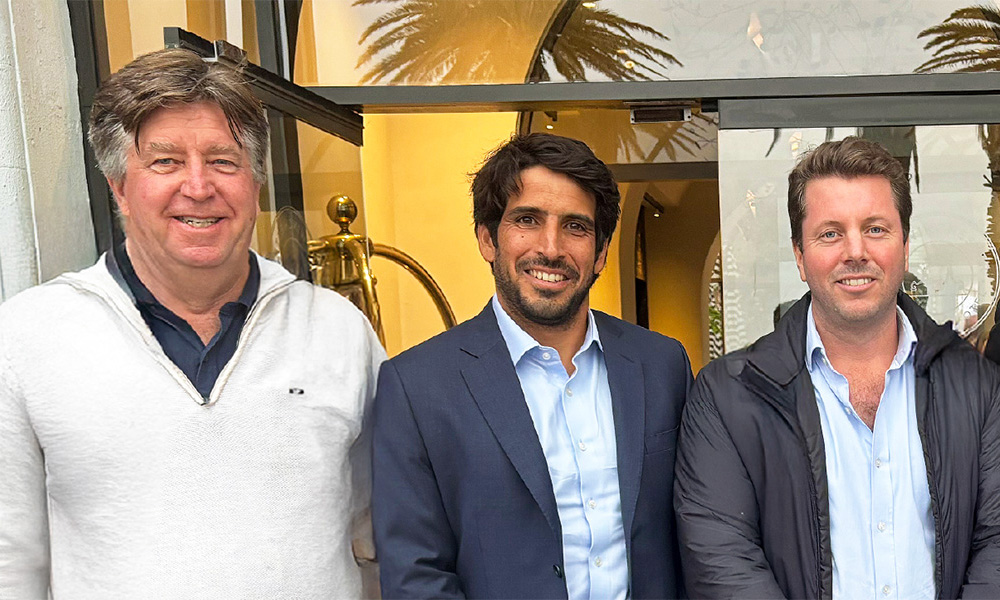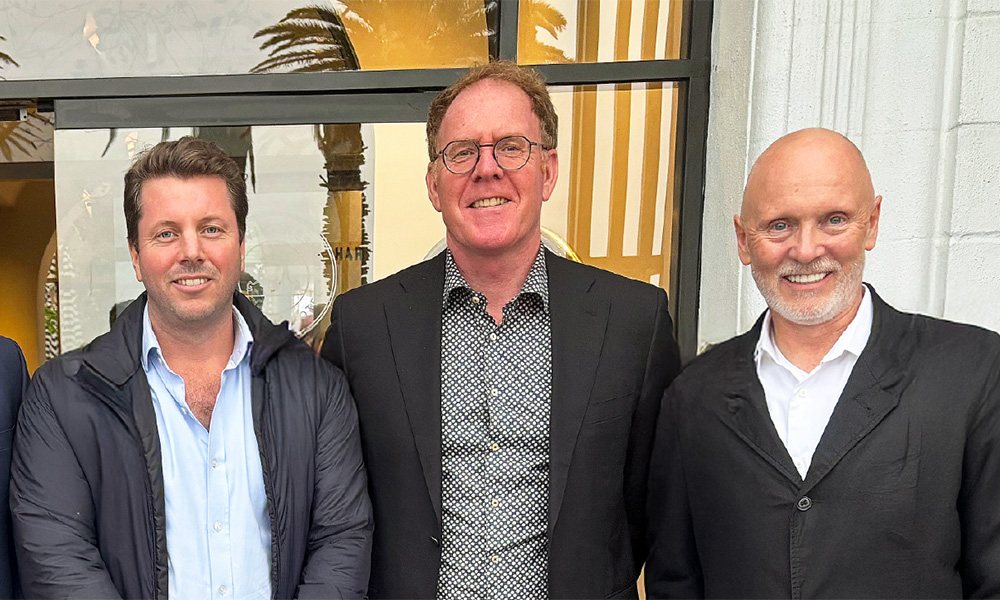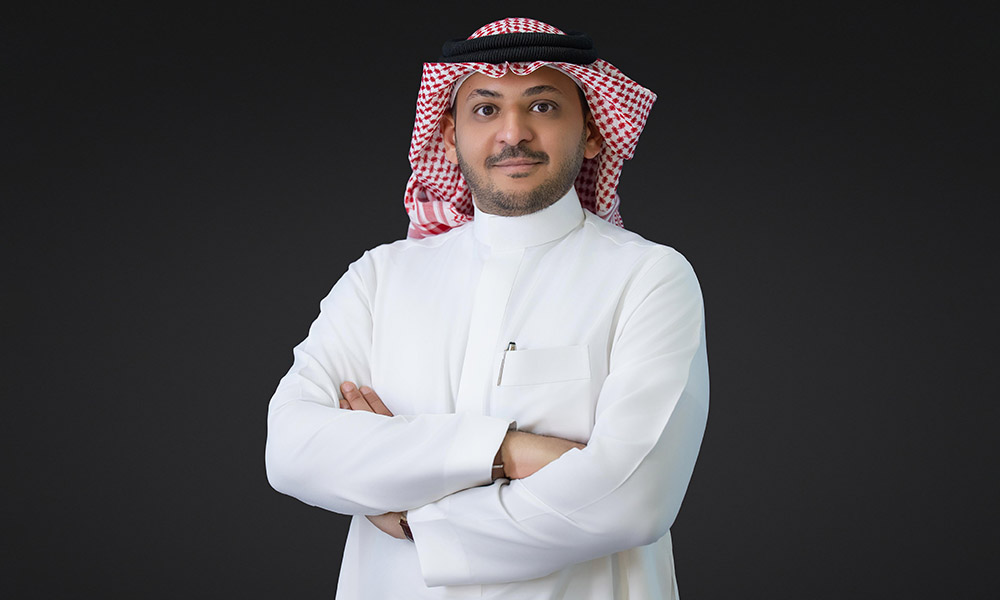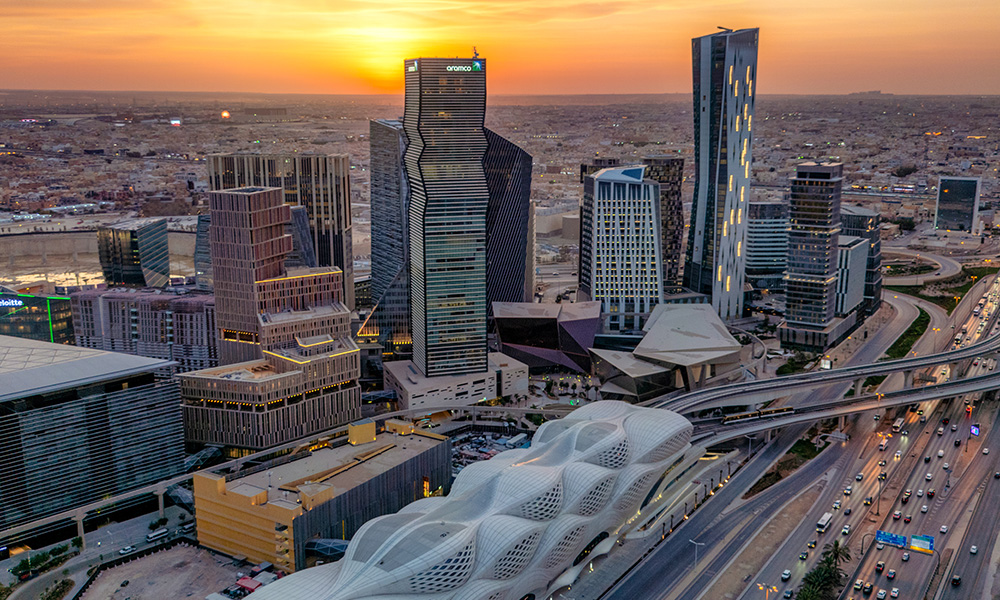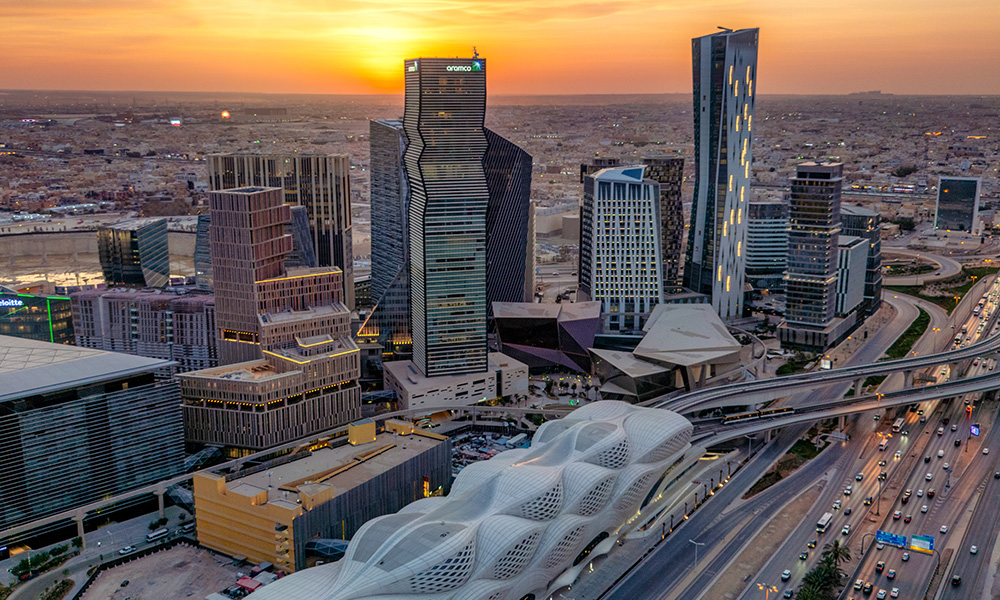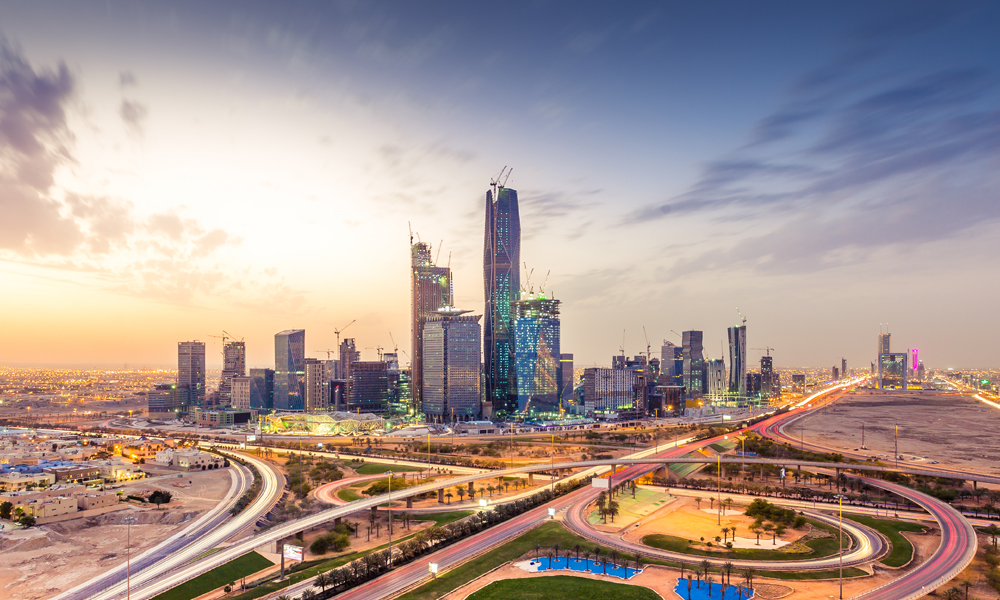Saudi Arabia is in the midst of a historic infrastructure revolution, a cornerstone of its visionary journey toward Vision 2030. The Kingdom’s bold ambition is to build not just new cities and economic hubs, but to create truly future-ready, intelligent urban environments that will stand as global benchmarks. This monumental undertaking demands a fundamental shift away from traditional, fragmented construction methods toward an integrated, data-driven approach. It is not just about building smarter; it’s about building with foresight, efficiency, and sustainability.
For decades, the global architecture, engineering, construction, and operations (AEC/O) industry has relied on static blueprints – two-dimensional plans that, while essential, offer a limited, siloed view of a project. They represent a single moment in time, a snapshot that quickly becomes outdated as changes, unforeseen challenges, and new data emerge. This traditional approach creates friction and inefficiencies across the project lifecycle, leading to costly delays, budget overruns, and a lack of transparency.
The future of infrastructure in Saudi Arabia cannot be constrained by these limitations. The scale and complexity of megaprojects like NEOM, The Red Sea, and Qiddiya require a dynamic, living model that reflects the asset’s reality in real time. This is where the concept of the digital twin becomes not just a buzzword, but an absolute necessity. They allow decision-makers to visualise outcomes before construction begins, anticipate challenges, and manage operations with unmatched precision.
The scale of transformation
The numbers tell a remarkable story. According to Knight Frank, the value of total contracts awarded for the construction, industrial, and transport sectors between 2020 and 2025 has reached a staggering $215.4bn.Riyadh alone accounted for $135.2bn of awarded contracts since 2020, representing 63% of the Kingdom’s total.
This phenomenal pace of development is being powered by Vision 2030, which is reshaping the Kingdom into a global hub for tourism, commerce, and trade.This transformation aims to deliver over one million homes, more than 362,000 hotel keys, over 7.4m sqm of retail space, and more than 7.7m sqm of new office space by the end of the decade. In total, more than $1.3tn is set to be invested in real estate and infrastructure projects.
These figures highlight the sheer scale of opportunity, as well as the pressing need for digital-first approaches that ensure efficiency, accountability, and long-term value creation.

Enter the AI-powered digital twin
A digital twin is a virtual replica of a physical asset, be it a building, a bridge, or an entire city. It is built upon a foundation of rich, multidisciplinary data from a Building Information Modeling (BIM) framework and is continuously fed with real-time data from sensors and Internet of Things (IoT) devices. This creates a live, interconnected ecosystem that provides a single source of truth for all stakeholders, from initial design and construction through to a project’s long-term operations and maintenance.
This isn’t just about visualisation; it’s about intelligence. By integrating artificial intelligence (AI) and machine learning into the digital twin, we can transform raw data into actionable insights. AI can analyse vast datasets to predict maintenance needs, optimise energy consumption, and simulate various scenarios to improve performance. Most importantly, it elevates operational excellence, allowing city managers and operators to make data-backed decisions that ensure the safety, security, and seamless functioning of a community.
For a project like The Line, which will rely on a seamless, interconnected system, AI-driven digital twins are the only way to ensure optimal operation and a world-class quality of life for its residents. This convergence of technologies allows us to build with a lifecycle approach, ensuring that decisions made in the design phase have positive, long-term impacts on a project’s efficiency and sustainability.
Embracing digital innovation to power the future
As Saudi Arabia forges ahead with its ambitious megaprojects, it is clear that the blueprint for success lies in embracing digital innovation. The Kingdom is not just building infrastructure; it is crafting a new paradigm for urban living. It falls to digital transformation enablers to empower the industry to move from static blueprints to dynamic, intelligent, and sustainable digital twins. This isn’t just the future of infrastructure – it is the future of a smarter, more resilient Saudi Arabia.
The post From blueprints to digital twins: Redefining infrastructure in Saudi Arabia appeared first on Middle East Construction News.
Source: ME Construction News





